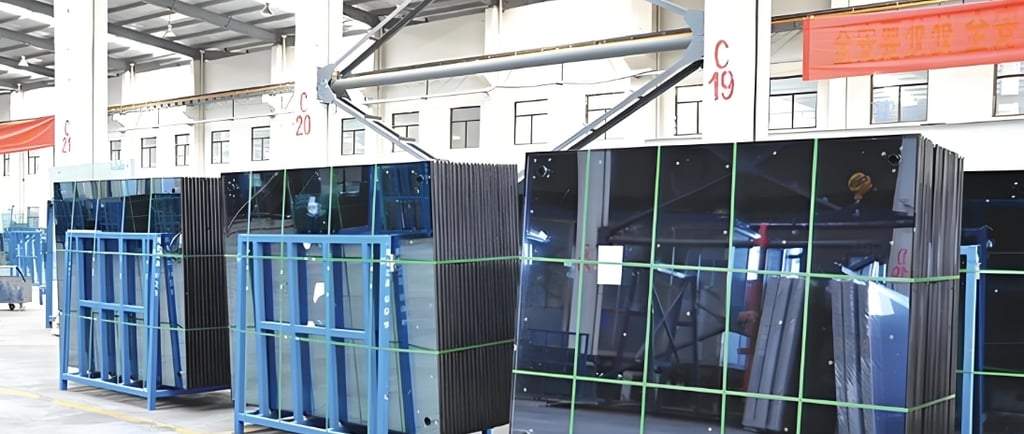Understanding Capillary Tubes: Ensuring Seamless Window Installation at High Altitudes


Introduction to Insulating Glass Units
Transporting insulating glass units from low to high altitudes presents unique challenges, particularly when it comes to maintaining optimal performance. Insulating glass units are comprised of two or more panes of glass, which are sealed together to create a vacuum or gas-filled space that enhances thermal insulation. However, a critical factor to consider during installation is the impact of altitude on pressure within these sealed units.
Why Capillary Tubes are Essential
When insulating glass units fabricated at lower elevations are transported to higher altitudes, drastic changes in atmospheric pressure can occur. This pressure differential could potentially compromise the integrity of the unit. To mitigate this risk, capillary tubes, or breather tubes, are installed within the spacer frame of the glass units. These tubes exist to equalize pressure between the sealed spaces, allowing for seamless installation regardless of the altitude difference.
The Role of Capillary Breather Tubes in Window Installation
Capillary breather tubes play a fundamental role specifically in high-altitude window installations. In cases where windows manufactured in regions such as the Chicago area are moved to cities like Denver, installation experts must account for the altitude change. Without the presence of capillary tubes, the likelihood of seal failure or glass breakage increases dramatically due to the rapid decrease in external air pressure as the unit ascends.
These tubes work by enabling the exchange of air, thus relieving pressure build-up that can occur during transport and installation. Consequently, this function is vital not only for the longevity of the windows but also for maintaining the desired energy efficiency that insulating glass units provide.
In conclusion, if you are planning to transport insulating glass units across significant altitude differences, be sure to prioritize the installation of capillary tubes into your spacer frame. This precaution will ensure a successful and hassle-free installation, preserving the functionality and durability of your windows even in challenging environments.